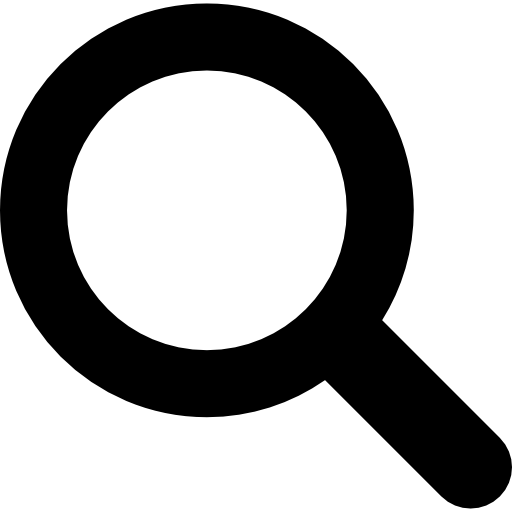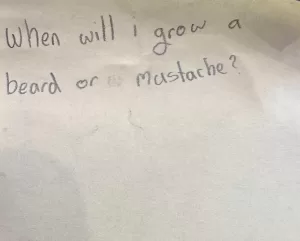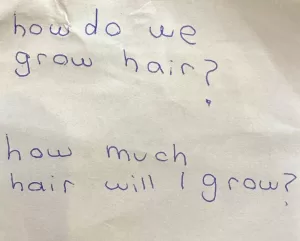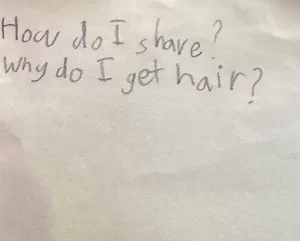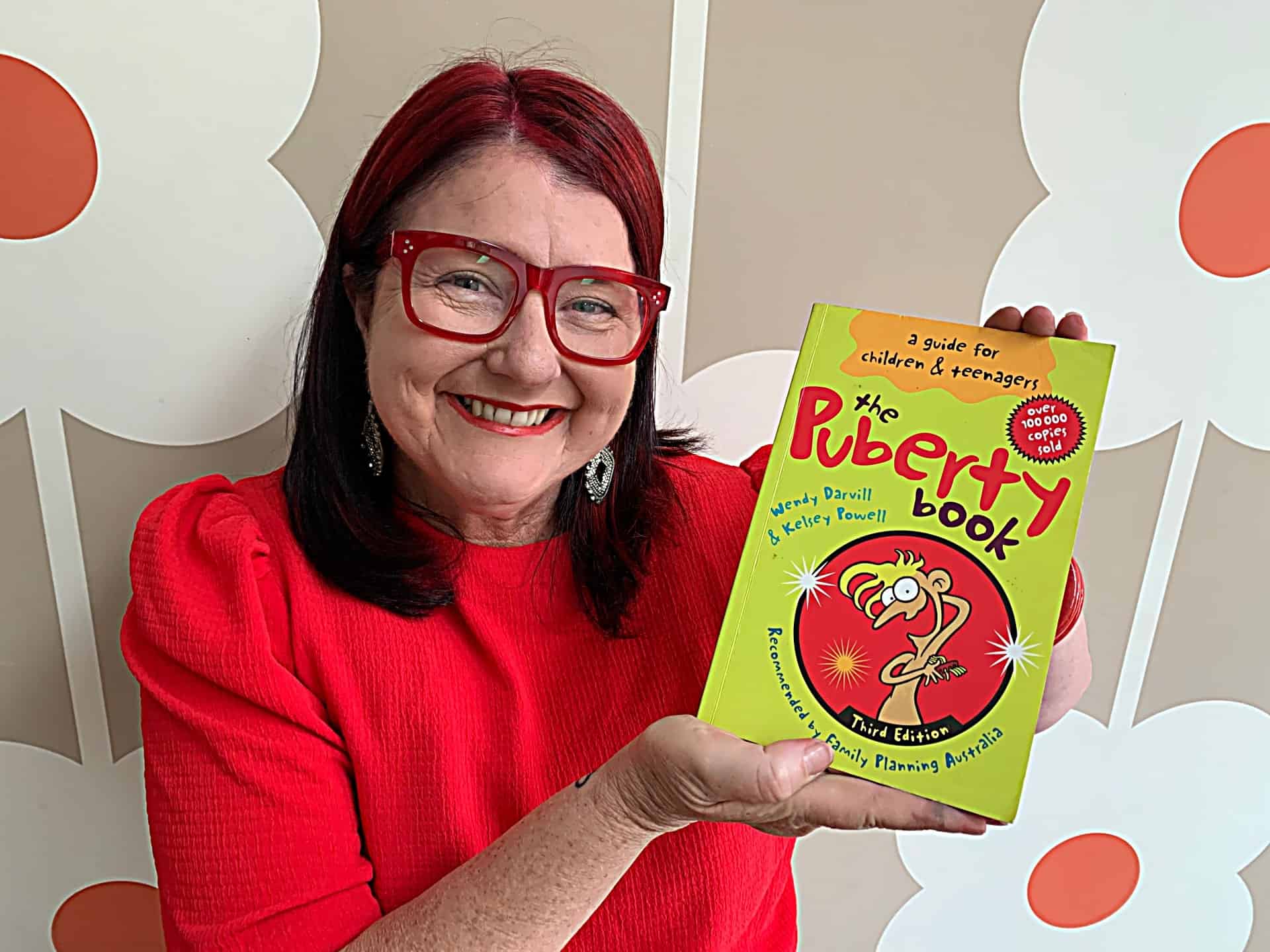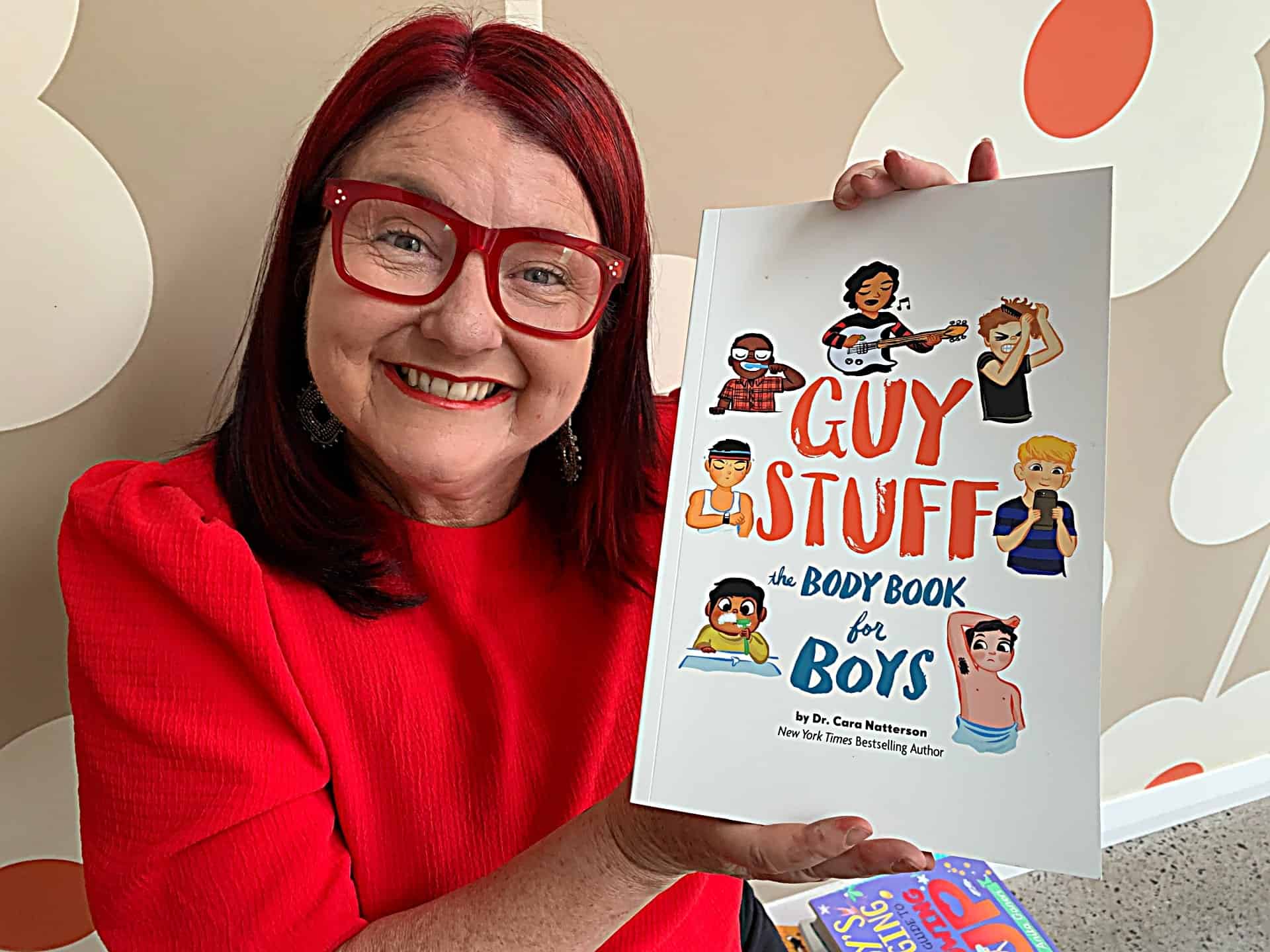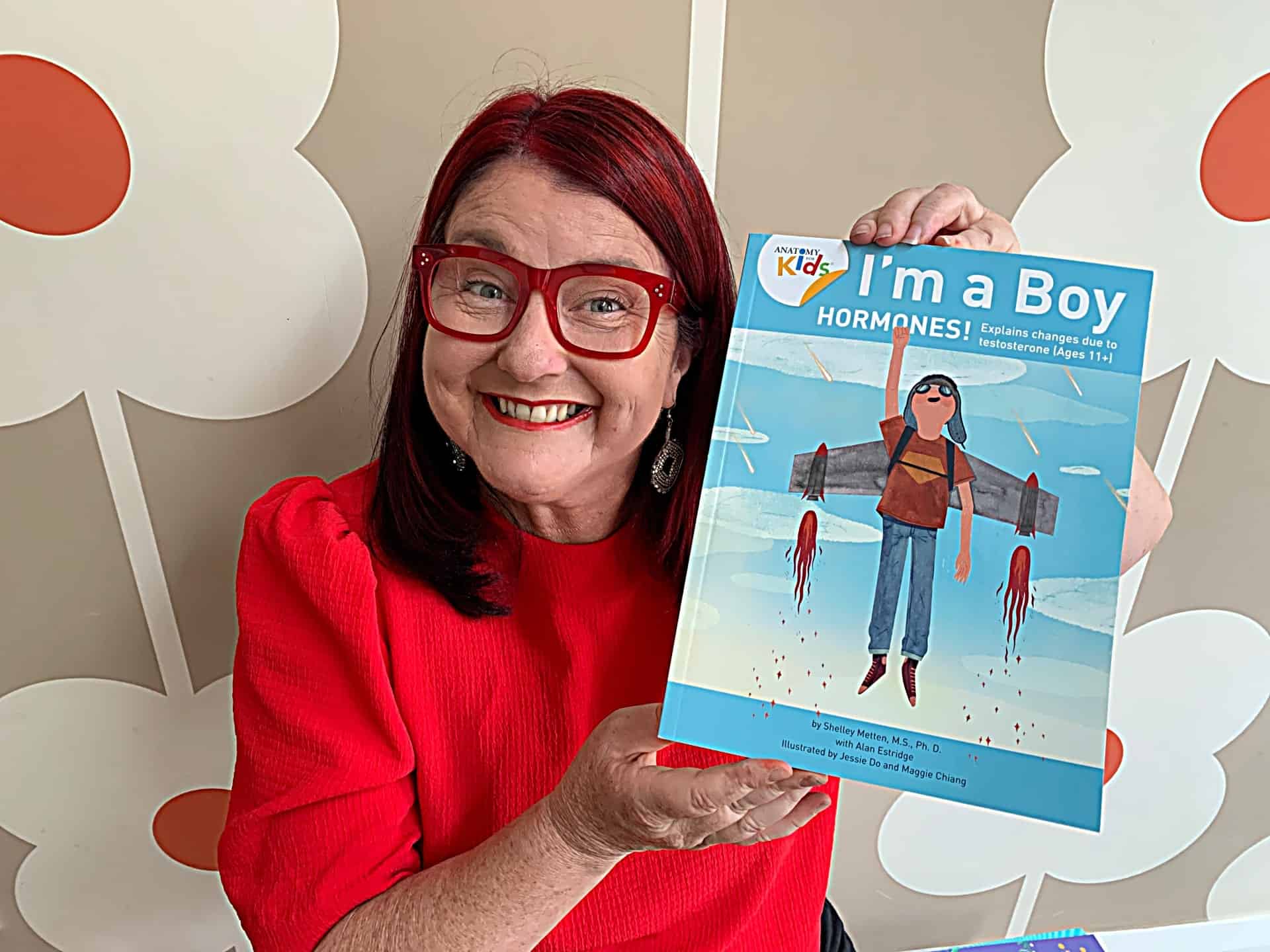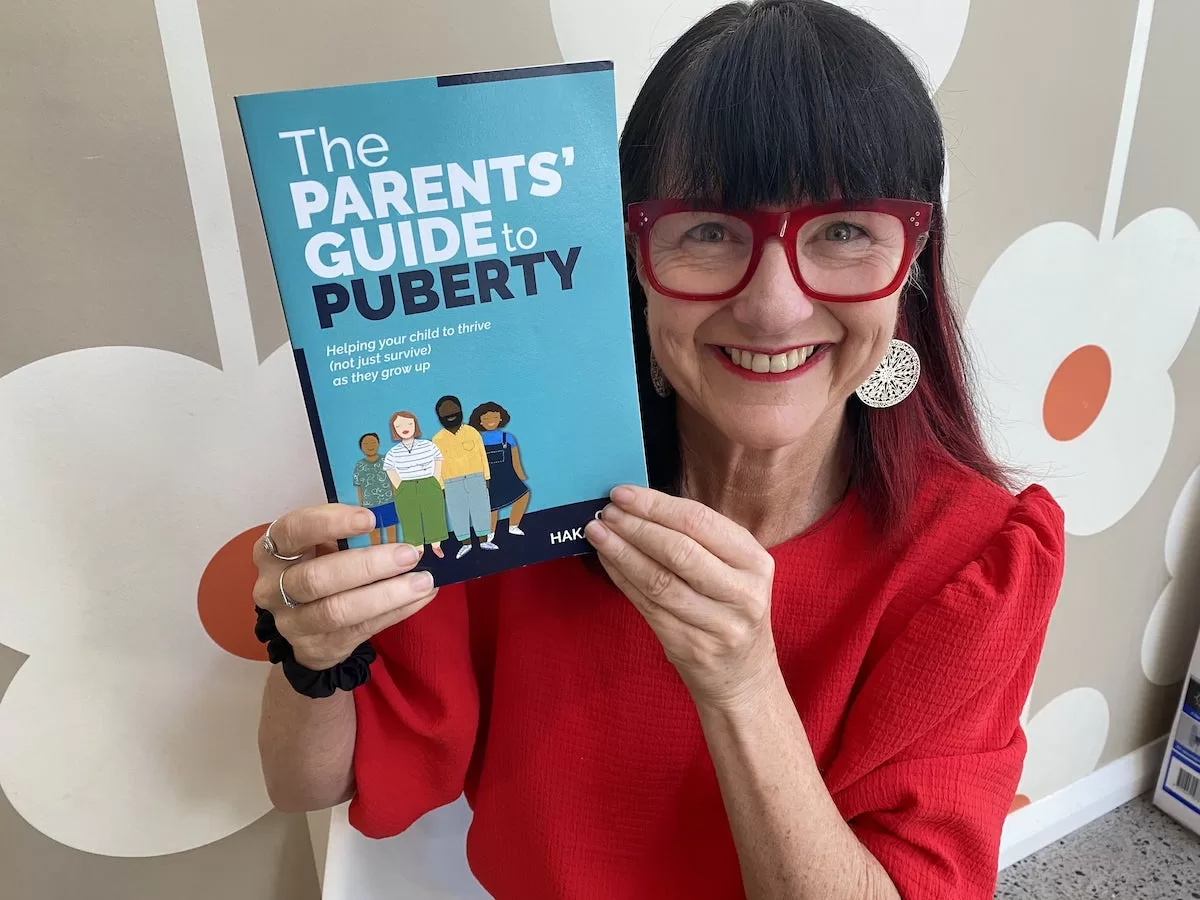When Will I Grow a Beard or Moustache?
Each day, I ask the children I teach what they are looking forward to and what they are not looking forward to when they go through puberty. They usually say… getting taller, staying up later, driving a car and going out with friends more. For many kids they want to know about growing facial and chest hair -they just can’t wait to grow a beard or moustache?
Did you know that most changes during puberty happen in a certain order? For example, some of the first signs of puberty are often having a growth spurt, body odour, getting pubic hair, pimples and mood swings. Usually facial and chest hairs grow towards the end of puberty.
Facial hair is the hair that usually grows on the chin, cheeks, and upper lip. This kind of hair is referred to as a secondary sex characteristic which are the physical traits not directly involved in reproduction.
Our bodies are mainly covered by soft and wispy hair called vellus hairs, like those on the arms and face. During puberty, androgen hormones, especially testosterone, prompt hair follicles to grow thicker, coarser, darker and are called terminal hairs.
Terminal hair is hair that is already on your head, eyelashes, and eyebrows, but during puberty, the soft and fluffy hair on your body, vellus hair, grows into terminal hair around the upper lip, cheeks, chin, armpits, chest, back, arms, belly, pubic area, feet, and legs. This process takes time.
The stages of facial hair growth during puberty.
Facial hair might appear early in puberty but may not fully develop until the early 20s. The amount and colour of facial hair can be genetic, meaning it might be similar to other family members. The initial facial hair often starts appearing at the corners of the upper lip and then extends to create a full moustache. Subsequently, hair appears on the upper part of the cheeks and beneath the lower lip. Eventually, it spreads to the sides and lower border of the chin and the rest of the lower face, forming a complete beard. While this sequence is frequently observed, the timing can vary widely, just like other changes during puberty.
Most girls during puberty grow less terminal hair than most boys because they have less testosterone. It is common for many women to develop a few facial hairs under or around the chin, along the sides of the face or on the upper lip, on the chest, and around the nipples. These may appear at any age, usually from puberty, but are also seen in women after menopause. In my travels from school to school I notice that some students feel pressure to get rid of their body hair from their peers.
During puberty, most girls tend to grow less terminal hair than boys due to lower levels of androgen hormones especially testosterone. Some women can develop facial hair under or around the chin, along the sides of the face, on the upper lip, on the chest, and around the nipples. These may appear from puberty onward and can also grow during menopause and often lead women to remove them.
The other day, my 24-year-old son was in our swimming pool comparing his facial and chest hair with his friends. He comes from a very hairy family, thanks to my genetics, but his friend had hardly any facial or body hair at all. The point here is that we’re all different, and it’s important for our children to understand this. Your child should know that they’re normal whether they have lots of facial hair or just a little. Some boys start growing a moustache or beard very early in their teenage years, while others may not notice it until much later, and some might not produce much facial hair at all.
Final Words
Overall, the purpose of facial hair can vary depending on culture, society, and individual taste. Even though our children maybe young it’s important for them to know that they should not feel pressure to grow or to shave, or to remove body hair -but it’s their decision.
A word of warning however – I strongly believe that some parents need to not fall into the trap of not waxing or using other forms of hair removal on young pre-teens, unless of course it is affecting their self-esteem or there is a personal reason. Let your kids grow up to make decisions for themselves as young adults. Also do not let the dangerous messages of pornography – that hairless bodies are desirable – shape and inform your children about their body image – especially when they are impressionable and making sense of their identity.
Ultimately our kids need to know that being hairy or not doesn’t make you any more or less masculine or attractive than anyone else, that’s for sure!
More resources by Amazing Me:
- Click here for my course about puberty that you can do with your child
- Click here to download my free survival guide to guide you as your child goes through puberty.
- Click here to download my free Puberty 101 guide.
- Click here to download my free “How to stay positive during puberty” cheat sheet.
- Click here to read more blogs about parenting.
- Click here for my parents and carers tips.
- Explore books about puberty and periods.

